‘Wild Souls’ explores what we owe animals in a human-dominated world
The new book Wild Souls explores the ethical dilemmas of saving Earth’s endangered animals.
Every print subscription comes with full digital access

The past century of astronomy has been a series of revolutions, each one kicking Earth a bit farther to the margins.
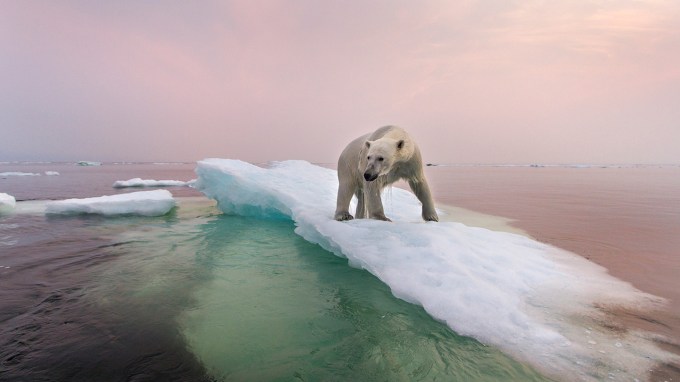
The new book Wild Souls explores the ethical dilemmas of saving Earth’s endangered animals.

Close-up views of glasswing butterflies reveal the secrets behind the insect’s see-through wings: sparse, spindly scales and a waxy coating.
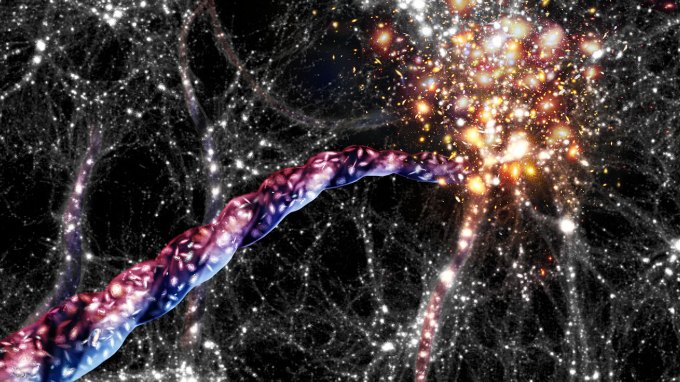
Filaments of dark matter and galaxies, which can stretch millions of light-years, might help astronomers figure out the origins of cosmic spin.

Scientists and journalists share a core belief in questioning, observing and verifying to reach the truth. Science News reports on crucial research and discovery across science disciplines. We need your financial support to make it happen – every contribution makes a difference.

A massive experiment in the Idaho wilderness shows it’s not just human-made noises that impact ecosystems. Natural noises can too.

In the 1970s, scientists developed plastic that could quickly break down when exposed to light. But that didn’t solve the world’s pollution problems.
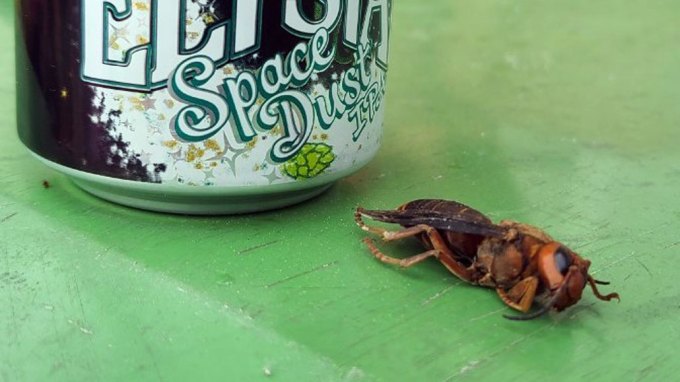
2021’s first “murder hornet” is yet another arrival. This is the not-so-new normal.
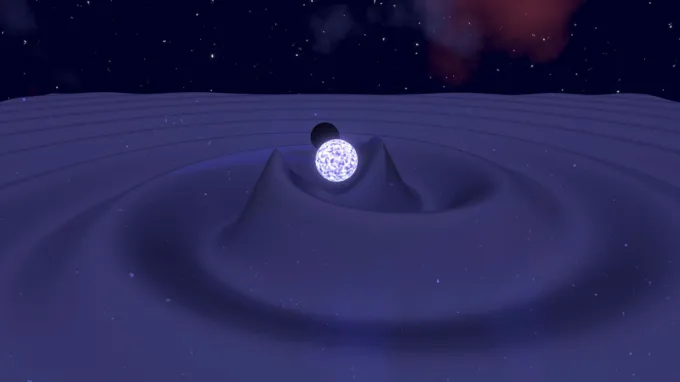
For the first time, LIGO and Virgo have detected long-anticipated gravitational waves from a black hole merging with a neutron star.

Fossils of baby dinosaur remains found in northern Alaska challenge the idea that some dinosaurs spent only summers in the Arctic.

Quantum physics could be behind birds’ magnetic sense of direction, new measurements indicate.
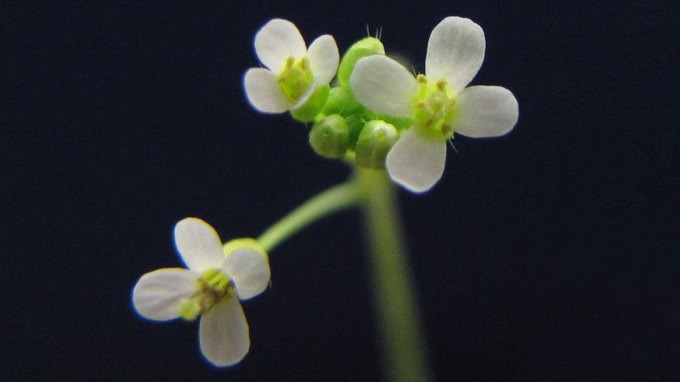
A cantilever-like plant part long evaded researchers’ notice in widely studied Arabidopsis thaliana, grown in hundreds of labs worldwide.
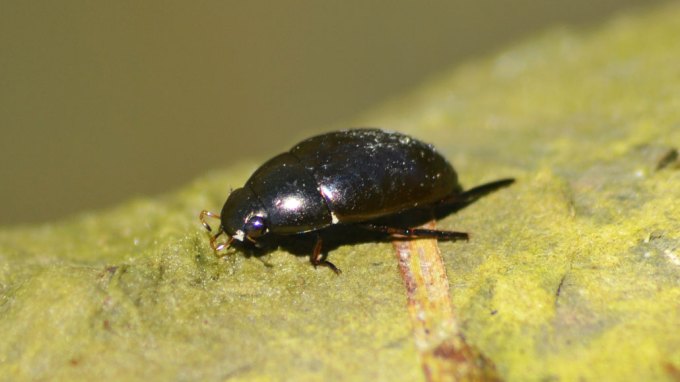
Many insects can skate atop the water’s surface thanks to water tension, but one beetle can apparently tread along the underside of this boundary.
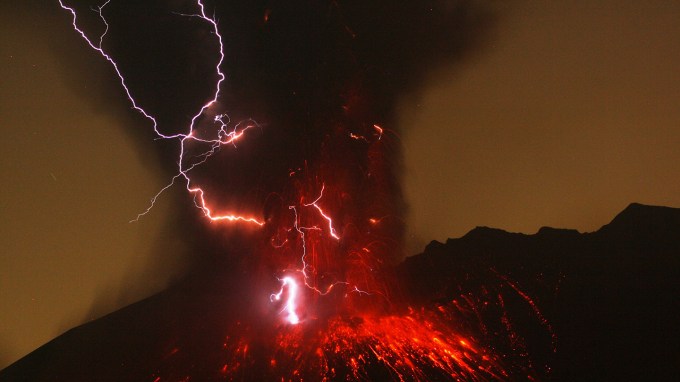
Mysterious “vent discharges” could help warn of impending explosions, a study of Japan’s Sakurajima volcano shows.

By genetically modifying baker’s yeast, scientists figured out how to get almost as much ethanol from cornstalks as kernels.
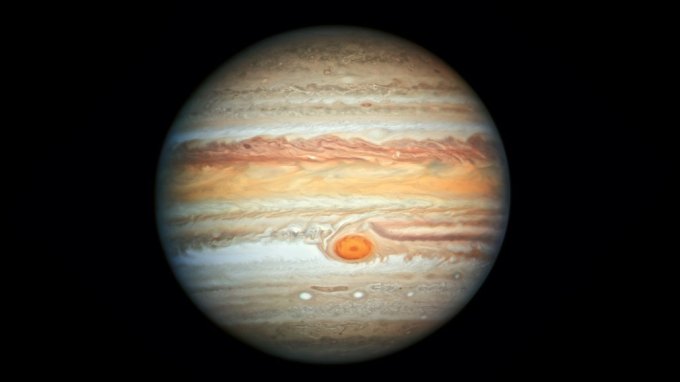
Dust that blocked sunlight caused the giant planet to form in a deep freeze, a new study suggests.
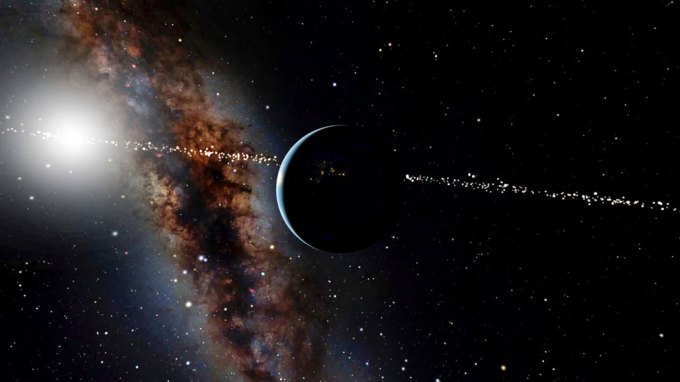
Alien astronomers in those star systems could discover Earth the way we find exoplanets: by watching for a dip in starlight.
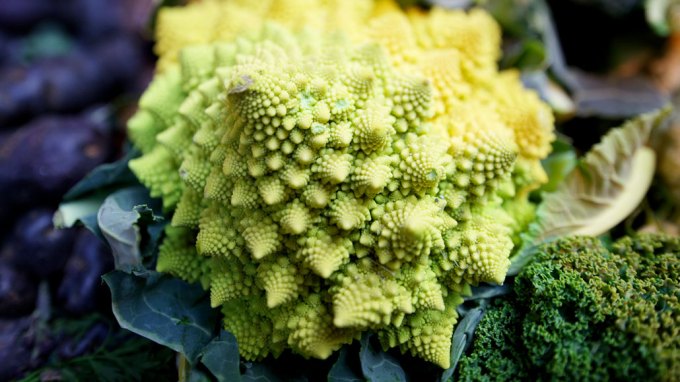
By tweaking just three genes in a common lab plant, scientists have discovered the mechanism responsible for one of nature’s most impressive fractals.
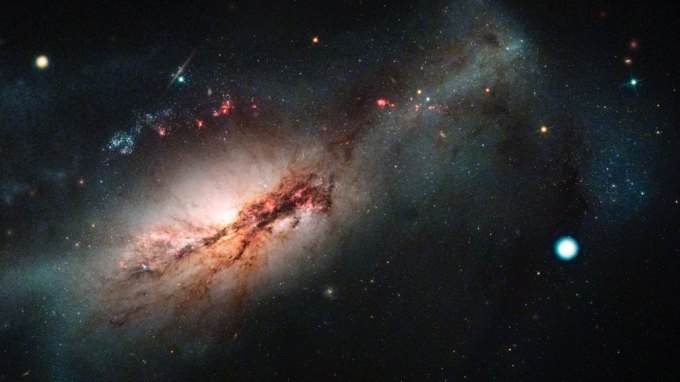
A flare that appeared in the sky in 2018 was an electron-capture supernova, a blast that can occur in stars too small to go off the usual way.

A study of 45,000 people links 13 genetic variants to higher COVID-19 risks, including a link between blood type and infection and a newfound tie between FOXP4 and severe disease.

The most precise clock ever sent to space successfully operated in Earth’s orbit for over a year.

In ‘How the Mountains Grew,’ John Dvorak probes the interlinked geology and biology buried within the rocks of North America.
Subscribers, enter your e-mail address to access the digital replica edition.